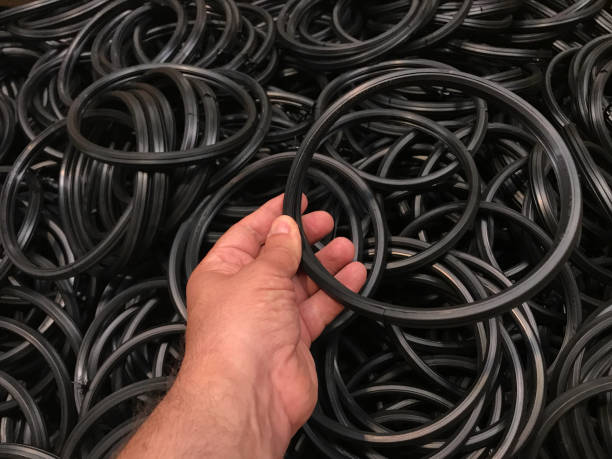
Rubber molding parts are essential components for many different types of products. From everyday items like kitchenware to more complex pieces like automotive components, rubber molding is an integral part of the manufacturing process. In this blog post, we’ll explore everything you need to know about rubber molding parts, from the different types of rubber used to the processes involved in creating them. We’ll also discuss some of the advantages and disadvantages of rubber molding parts, so you can make an informed decision when selecting a material for your next project.
What are rubber molding parts?
Rubber molding parts are components that are produced using a process called rubber molding. This is a manufacturing process in which rubber is formed into a specific shape or design. The rubber is typically heated and then pressed into a mold to create the desired shape. The rubber is then cured, usually with a vulcanization process, and cooled to form the finished product. Rubber molding parts can be used for many different applications, including automotive, industrial, medical, and even household items. Rubber molding parts are highly durable and are capable of withstanding extreme temperatures, chemicals, and wear and tear. They also offer good thermal insulation properties and can be custom designed for specific needs.
The benefits of rubber molding parts
Rubber molding is an efficient and cost-effective way to produce parts with complex shapes and intricate details. There are a variety of advantages that come with using rubber molding as opposed to other materials.
One of the primary benefits of rubber molding is its ability to create parts with extreme precision and detail. Rubber molding is especially beneficial for those who need parts with intricate, complicated shapes that require an exact fit. The high level of precision provided by rubber molding allows for a very tight fit between different components, thus improving the overall performance of the final product.
Another great advantage of rubber molding is its resistance to wear and tear. Rubber parts are incredibly resilient and can withstand harsh conditions over extended periods of time. This makes them an ideal choice for applications that require parts to function properly in challenging environments.
In addition, rubber molding parts are also highly resistant to temperature fluctuations. This means that they can be used in both hot and cold conditions without compromising their integrity or performance. This makes them ideal for use in a variety of applications, from medical equipment to vehicles.
Finally, rubber molding parts are highly economical. The cost of producing these parts is often significantly lower than with other types of materials, which can help businesses save money while still ensuring quality results.
Overall, rubber molding provides a range of unique benefits that make it an ideal choice for many different applications. It is able to produce highly precise parts with great resistance to wear and tear, temperature fluctuations, and a low cost of production. These benefits make rubber molding an attractive option for businesses looking to produce quality parts at an affordable price.

More Stories
Looking for an Electric Motorcycle Showroom in Costa Mesa, CA? Tips, Benefits, and What to Expect!
Dive Deep with the HM Digital Pocket Size TDS Meter: Your Key to Water Clarity!
The Hidden Meaning of 2131953663: A Closer Look at a Numeric Code